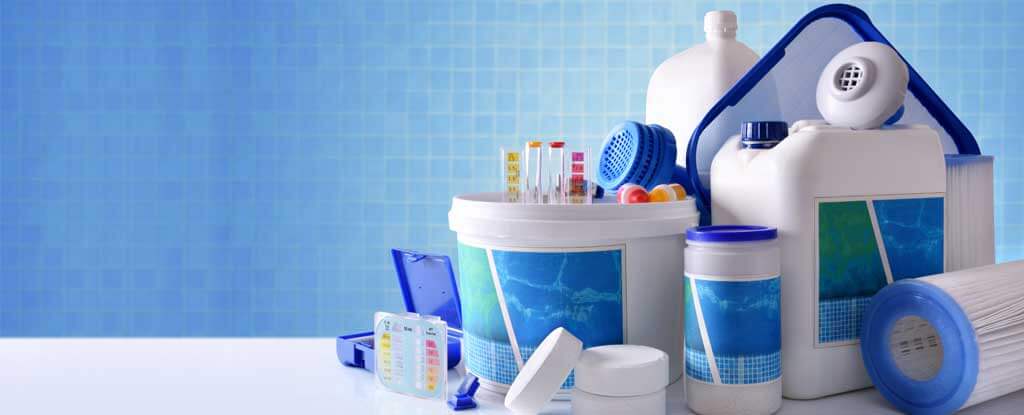The following is a case study from WTM Digital which illustrates client successes and hurdles we were able to navigate. If you would like to learn more about our services and possibly have our team conduct an audit of your current marketing or website, please reach out to us at (717) 283-4045.







